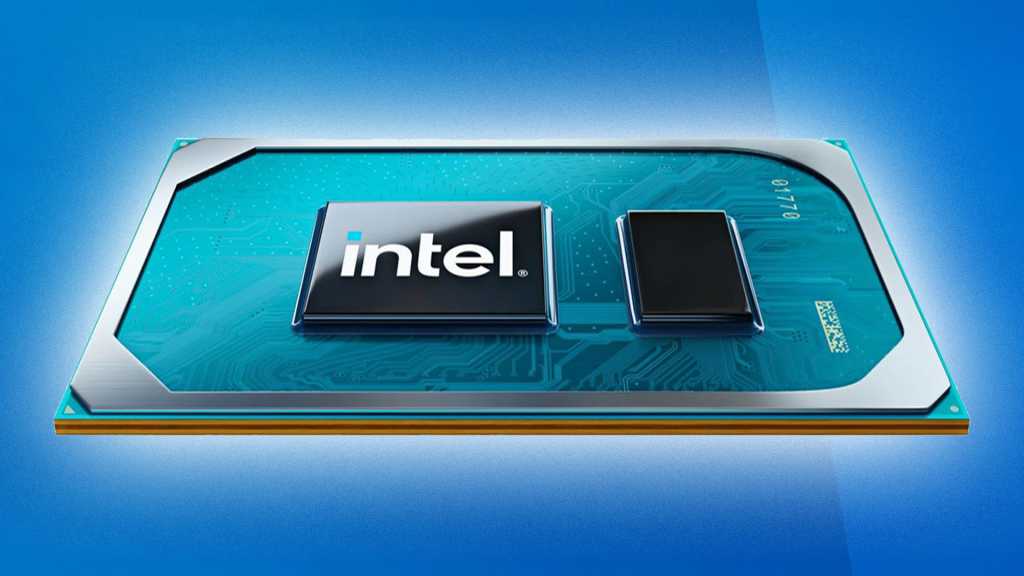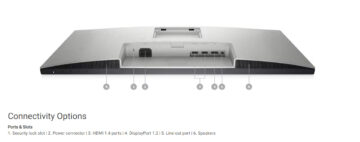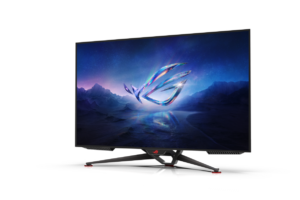Don’t ever let anyone tell you that you can’t play PC games on a low-power system, or one without a graphics card. (Have you checked out our picks for the best PC games you can play without a GPU? You should!) But even integrated graphics need drivers. And if you use the integrated GPU that came with your Intel processor, you might be getting driver updates a lot less frequently from now on.
According to a forum post on Intel’s official support site (spotted by Tom’s Hardware), the integrated graphics that come with 6th-through-10th generation Intel processors are being moved to a “legacy support model.” That means that instead of getting fairly frequent updates, sometimes even to address individual games (“day 0”), they’ll be moving to a quarterly update schedule at the fastest. Some of these integrated graphics systems won’t be updated at all, except for “critical fixes and security vulnerabilities.”
If you’re wondering, these changes affect you if you have a laptop or desktop with a processor model number that starts with 6 through 10, such as “i5-6400.” That includes the Core, Atom, and Pentium lines. The graphics series range include Intel HD Graphics 500 and 600, Intel UHD Graphics and UHD Graphics 600, and Intel Iris Plus graphics. These processors were sold to manufacturers between 2015 and 2020, though the actual laptops and desktops that use them might be considerably newer than their processor model year.
The generic Intel graphics driver download won’t change, but it will now include two packages: drivers for pre-10th-gen processors and drivers for 11th-gen and newer. This probably won’t affect a ton of users right away, since those gaming on integrated graphics are well aware of the limitations of their hardware. But as newer games are published with fewer corresponding driver updates to older integrated GPUs, users might find their systems struggling to keep up.












